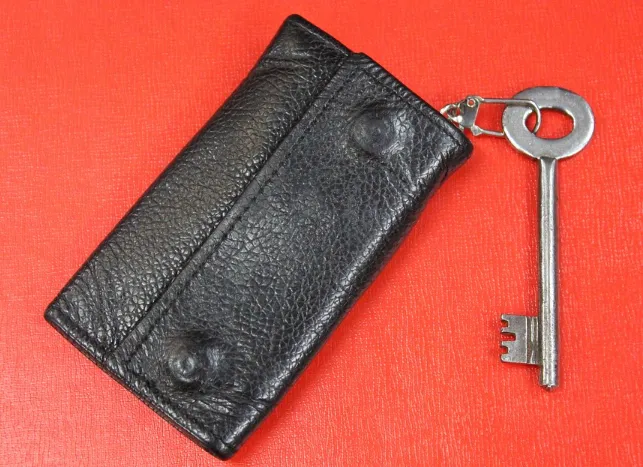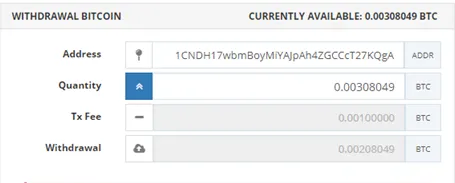ScaredyCatGuide to Bitcoin and Other Cryptocurrency – Part V – Wallet Addresses and Private Keys
In the last post we learned how to store Bitcoin using different wallet types. Let’s now discuss the items that allow us to transact with and secure those wallets – specifically, the wallet address and private key
This post is part of a running series on bitcoin and blockchain basics

Wallet Address
Think of your wallet address like an email address for your Bitcoin. The address allows you to send and receive information.
There is no limit on the number of address you can have. You have the option to use the same address for all your transaction or to create a new each time.
Example
To send bitcoin from an exchange to your bitcoin wallet – you would copy your Bitcoin wallet address (which is your receive address) and put it in the address field on the send/withdrawal request on the exchange as seen below…

On the flipside - when you are sending Bitcoin from your wallet, you will use the (receive) address provided to you by the person or account you are sending bitcoin too.
Wallet Keys
There are a couple different types of key when it comes to wallets. We already discussed one of them when talking about wallet addresses.
Public Key
The public key is related to your Bitcoin wallet address. Basically, your address is a hashed version of your public key. Public keys are 256 bits long while your address is 160 bits.
A public key is used to ensure that you are the owner of an address that can receive funds.
In review - the public key gives you the ability to view your wallet and receive funds.
Private Key
Your private key is a different animal all together. This key is the password to spend your bitcoin. If you lose it you will no longer be able to access your bitcoin wallet in a fashion that allows you to use your funds.
Therefore this key is very important and called private for a reason. You should not share this key with anyone else, otherwise they will be able to access your bitcoin funds.
It is smart to hold a backup of this key somewhere. I printed mine out and stored them somewhere safe. If for some reason your private key gets compromised you can send your bitcoin to another wallet and it will be secure again as your new wallet will have its own private key.
The private key is mathematically related to all the addresses created for a wallet. However, you don’t have to worry about someone reverse engineering it to figure out your private key. It would take a machine several lifetimes to remotely have a chance of deciphering it.
Practice
If you want practice accessing your wallet and sending some BTC – I’m happy to be your guinea pig :-) Here is my address: 1CNDH17wbmBoyMiYAJpAh4ZGCCcT27KQgA
In the next post we will cover creating passphrases and using two-factor authentication (2FA) to secure your bitcoin
Some things I use:
- www.coinbase.com to buy bitcoin (link gives $10 bonus on first purchase)
- https://1broker.com to trade stock and currency using bitcoin
- https://bitconnect.co to earn daily interest lending bitcoin (speculative investment)

Best Regards,

Disclaimer: All content in this post is my opinion and for informational purposes only